DNA reveals the past and future of coral reefs
New DNA techniques are being used to understand how coral reacted to the end of the last ice age in order to better predict how they will cope with current changes to the climate. James Cook Univer

From 2005 to 2022, the main node of the ARC Centre of Excellence for Coral Reef Studies was headquartered at James Cook University in Townsville, Queensland (Australia)
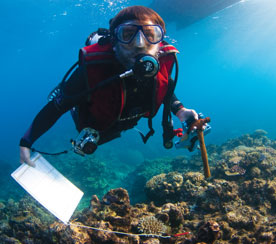
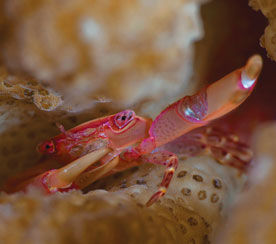
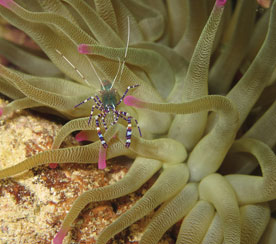
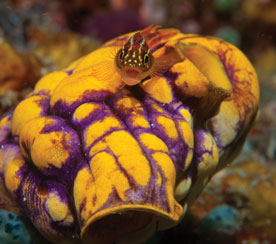

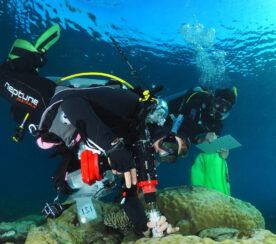
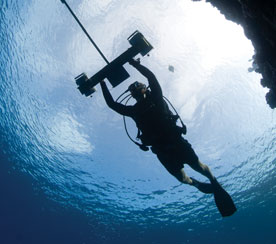
Abstract: Central to understanding how coral reef ecosystems will cope with future global climate change is knowledge of how coral communities persist in marginal environments. Coral communities in the southern Persian Gulf already exist in a naturally extreme environment with average summer temperatures well in excess of those predicted to occur on most tropical coral reefs by 2100. However, few studies have examined key ecological processes (e.g., reproduction, recruitment and population size structure) that determine coral population dynamics in the Gulf. Furthermore, considerable changes to coral reef community structure have occurred in the southern Persian Gulf over the past two decades. Most dramatic are the apparent changes from Acropora dominated to poritids and faviids dominated communities. Despite extreme temperatures and high levels of bleaching, surveys showed that corals in the Gulf are reproductively active and continue to recruit. Reproduction was seasonal, with spawning occurring mainly in April and May just prior to summer maximum temperatures. The proportions of colonies spawning and per polyp rates of fecundity were similar to other regions. Further, the overall density of recruits (≈ 121 recruits m-2 year-1) was similar to sub-tropical reefs in the Indo-Pacific. Recruitment was highly seasonal with peak recruitment in the summer (June–August) when maximum summer temperatures can exceed 35°C. Elsewhere, survivorship and/or development of coral larvae would be severely reduced at these temperatures indicating marked capacity for local adaptation of corals in the Gulf. While corals in the Gulf appear adapted to the extreme environment, spawning and recruiting at temperatures that would inhibit these process in other regions of the world, increases in sea surface temperatures and recurrent bleaching events are having a marked effect on the population size structure of corals within the southern Gulf. Results showed that locally abundant coral species in the southern Gulf were significantly smaller, and their size structure positively skewed and more leptokurtic compared to coral populations in other parts of the Gulf, suggesting that increasing climate change will lead to persistent declines in the size of coral colonies and vulnerability to future disturbances.
Biography: Andrew is originally from the United States and obtained his bachelor’s degree in marine biology from the University of South Carolina in 1997. Shortly thereafter, he moved to Palau in Micronesia where he served as a US Peace Corps marine resource volunteer. Following his work in Palau, he attended James Cook University where he completed his master’s degree in tropical marine ecology in 2003. After hopping around the globe for another several years, back in Micronesia, the Middle East and Southeast Asia he decided to pursue his PhD at the ARC Centre of Excellence for Coral Reef Studies under the supervision of Prof Morgan Pratchett and Dr. Andrew Baird. His current research focuses on the ecology and dynamics of coral reef communities in extreme marginal reef environments, specifically reef communities in the Persian/Arabian Gulf and Gulf of Oman. He is most interested in basic processes that determine population dynamics of reef communities, including: reproduction, recruitment and colony growth, and how these processes will likely be impacted by future climate change.
New DNA techniques are being used to understand how coral reacted to the end of the last ice age in order to better predict how they will cope with current changes to the climate. James Cook Univer
A new study on the effects of climate change in five tropical countries has found fisheries are in more trouble than agriculture, and poor people are in the most danger. Distinguished Profess
James Cook University researchers have found brightly coloured fish are becoming increasingly rare as coral declines, with the phenomenon likely to get worse in the future. Christopher Hemingson, a
Researchers working with stakeholders in the Great Barrier Reef region have come up with ideas on how groups responsible for looking after the reef can operate more effectively when the next bleaching
Abstract: As marine species adapt to climate change, their heat tolerance will likely be under strong selection. Individual variation in heat tolerance and its heritability underpin the potential fo
Abstract: The Reef Ecology Lab in KAUST’s Red Sea Research Center explores many aspects of movement ecology of marine organisms, ranging from adult migrations to intergenerational larval dispersal
Abstract: Macroalgal meadows are a prominent, yet often maligned component of the tropical seascape. Our work at Ningaloo reef in WA demonstrate that canopy forming macroalgae provide habitat for ad
Abstract: Sharks are generally perceived as strong and fearsome animals. With fossils dating back at least 420 million years, sharks are not only majestic top predators but they also outlived dinosa
Abstract: Connectivity plays a vital role in many ecosystems through its effects on fundamental ecological and evolutionary processes. Its consequences for populations and metapopulations have been
Abstract: Evolution of many eukaryotic organisms is affected by interactions with microbes. Microbial symbioses can ultimately reflect host’s diet, habitat range, and even body shape. However, how
Abstract: The past few years have seen unprecedented coral bleaching and mortality on the Great Barrier Reef (GBR) but the consequences of this on biodiversity are not yet known. This talk will expl